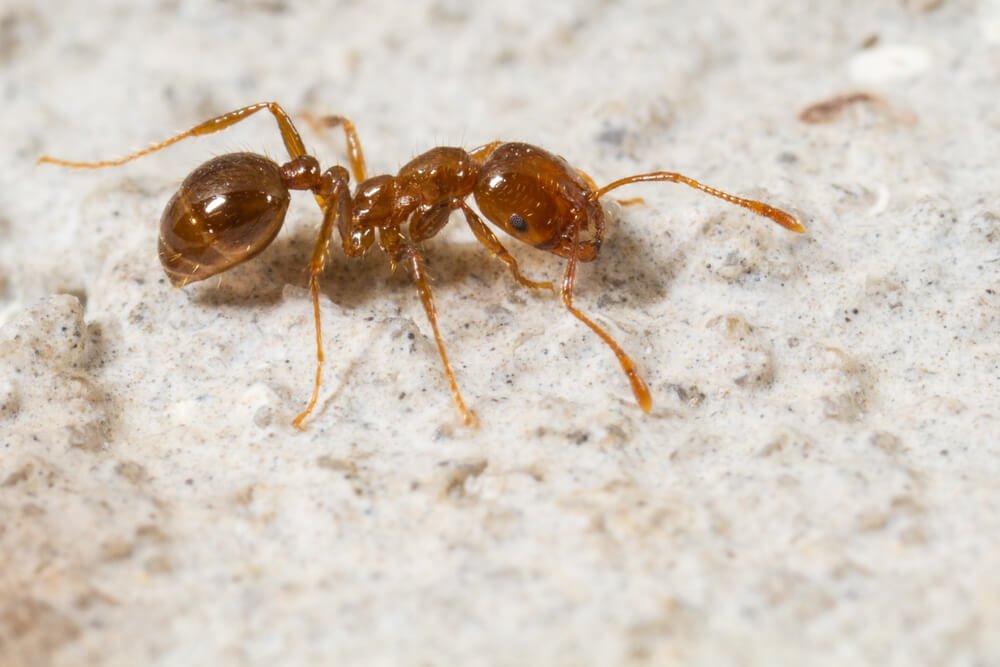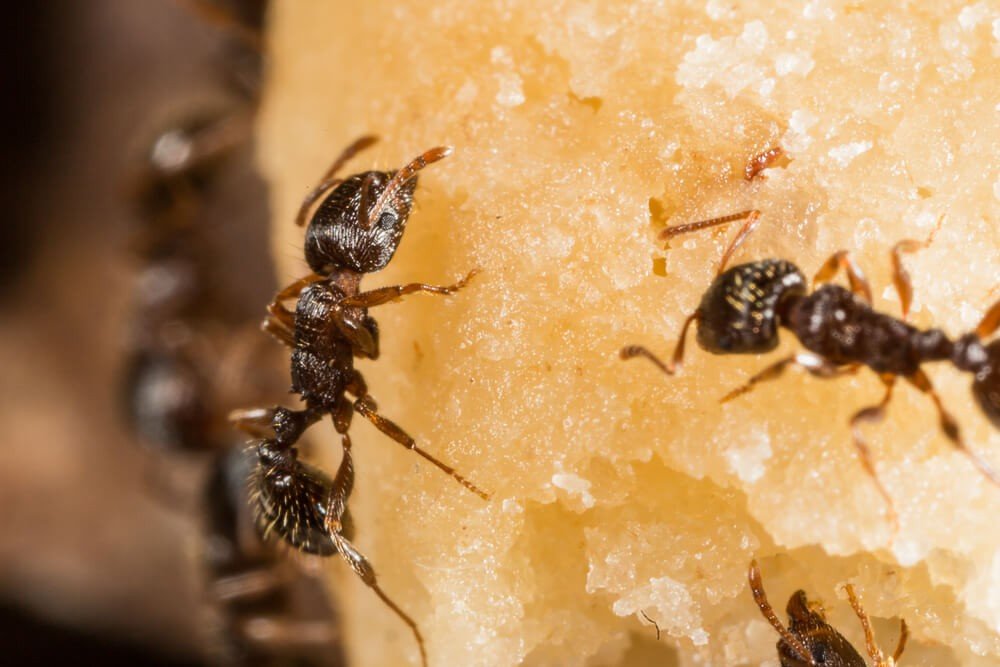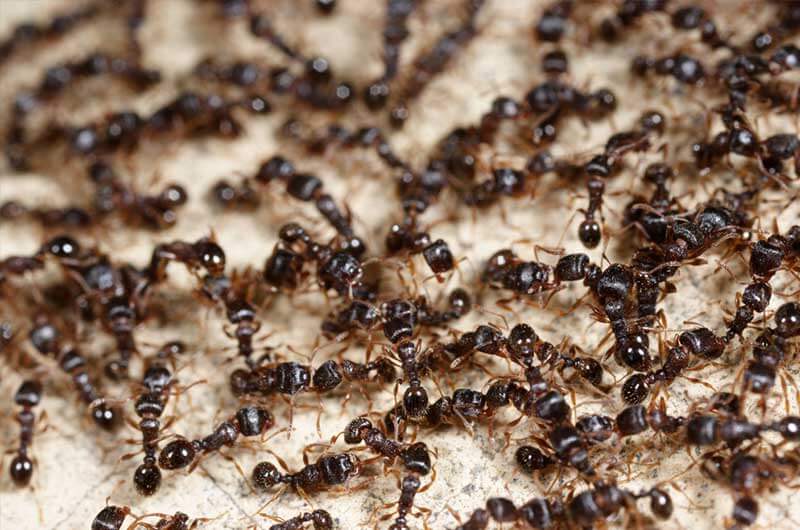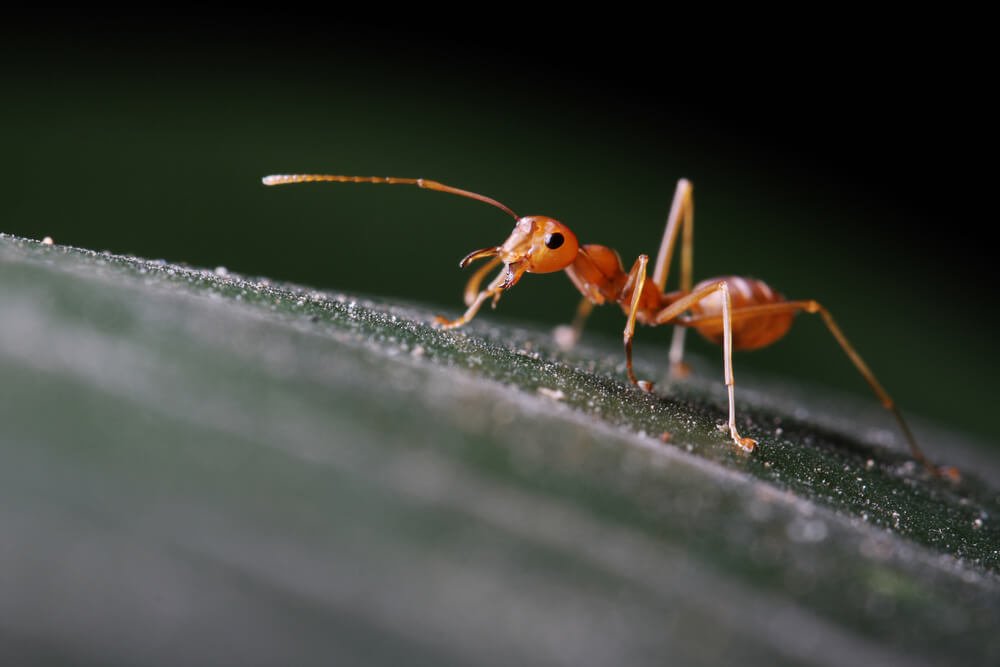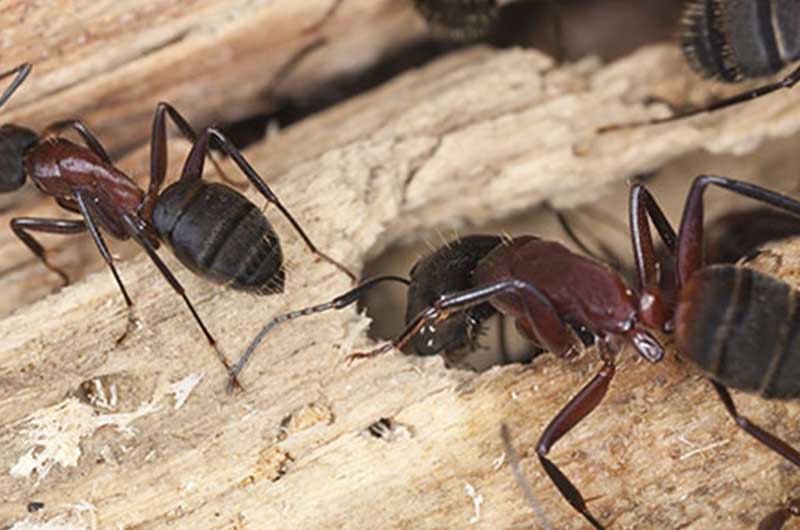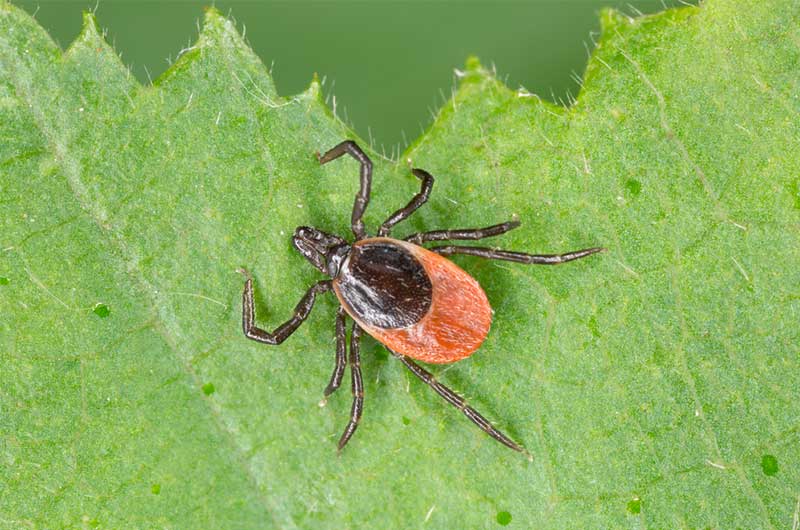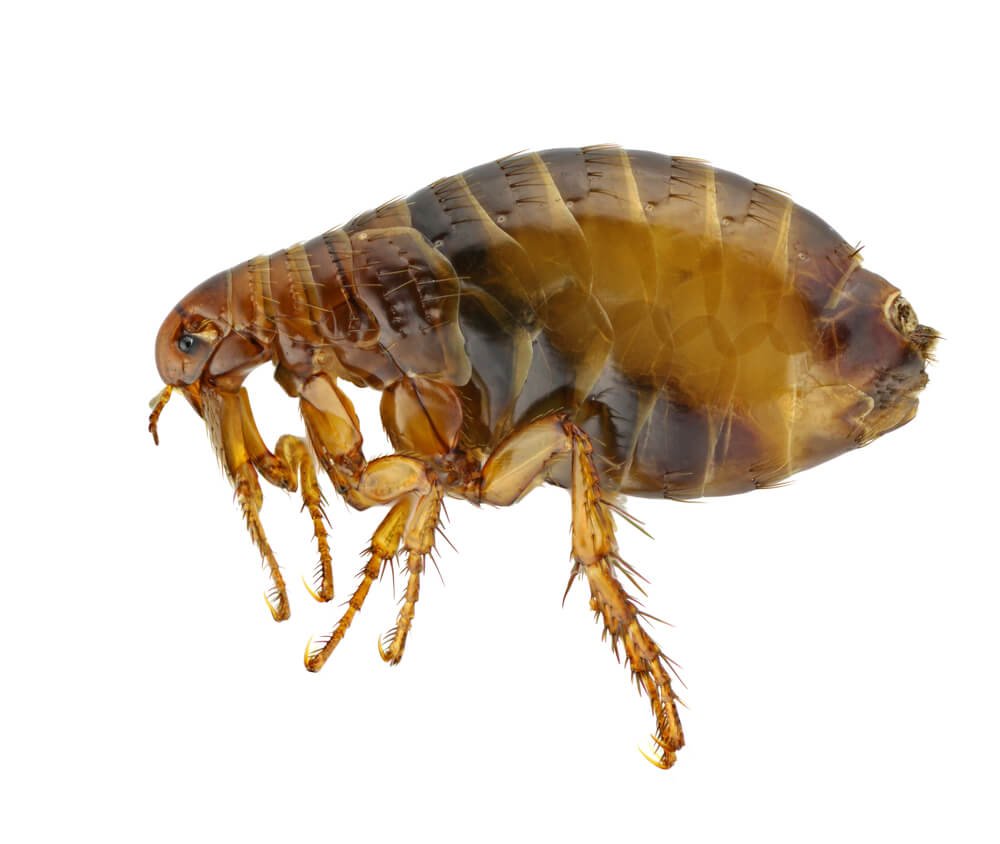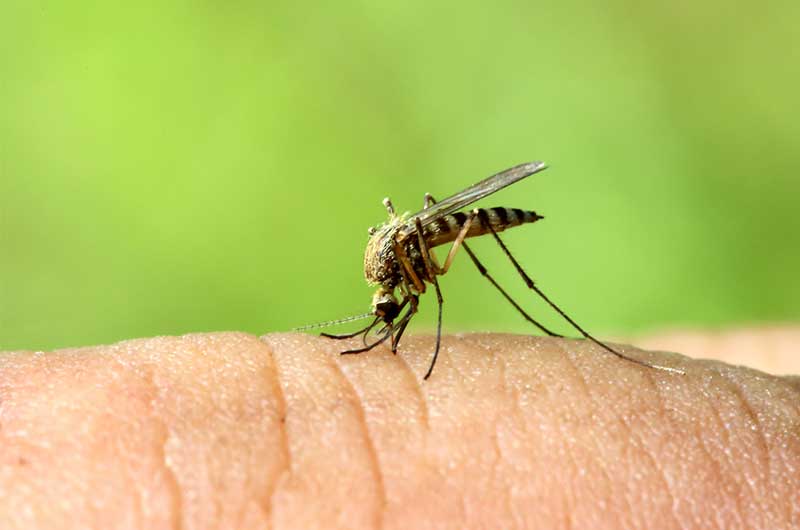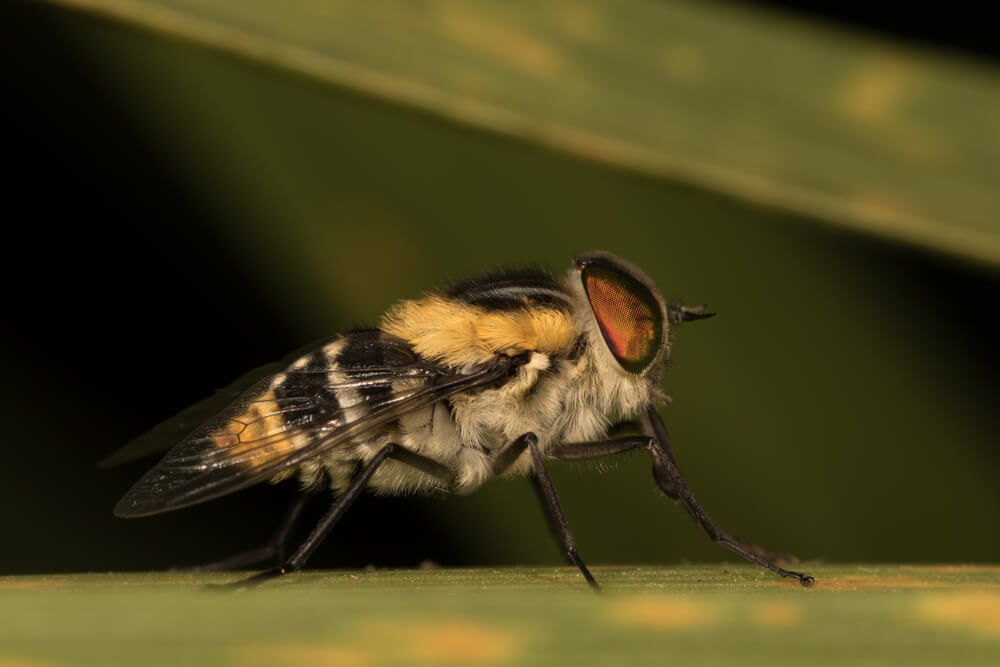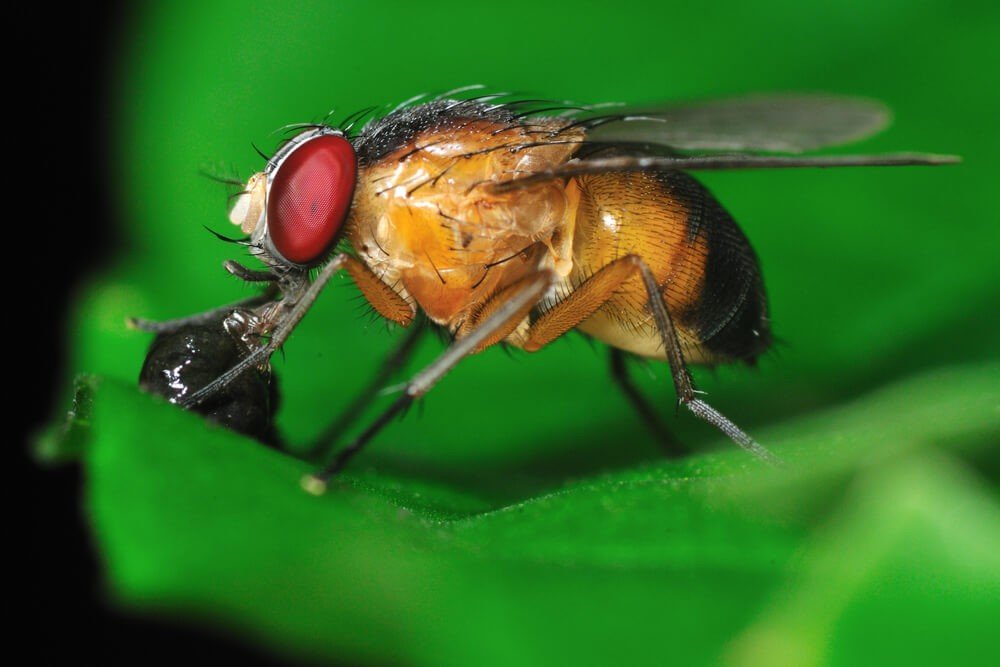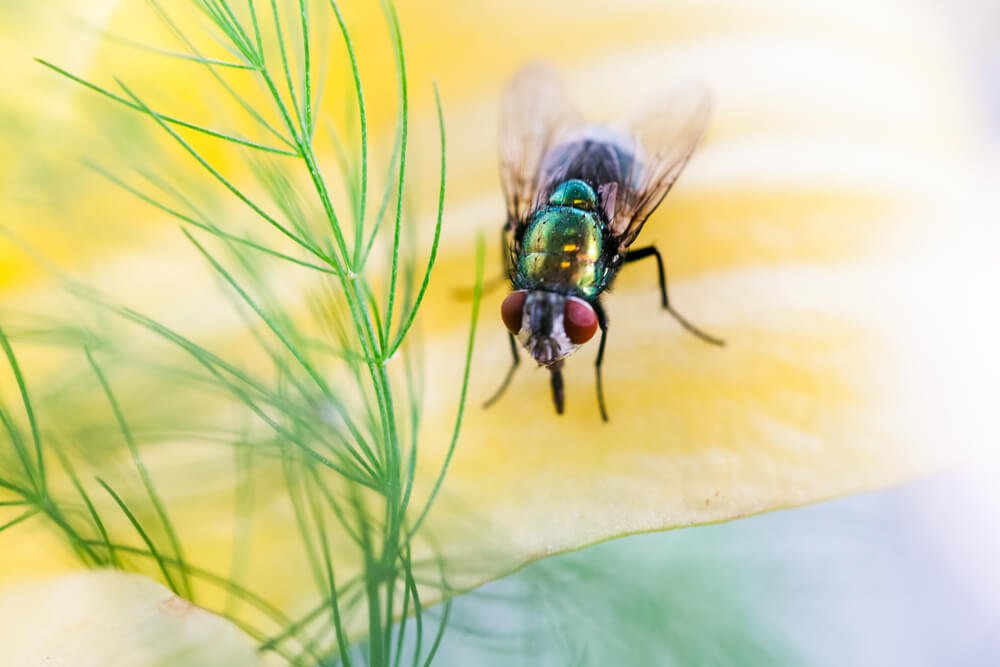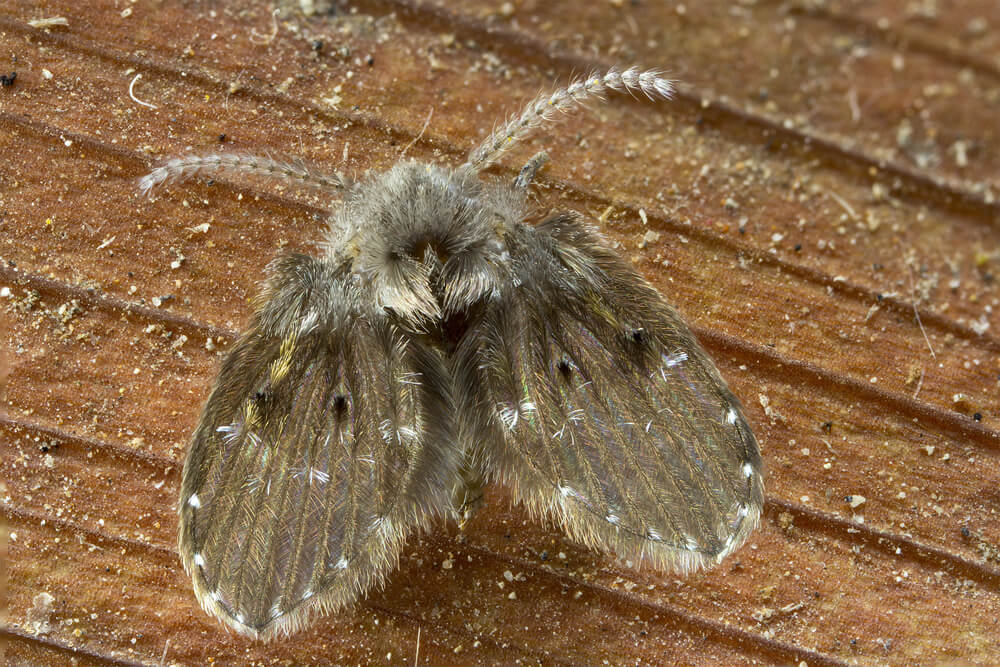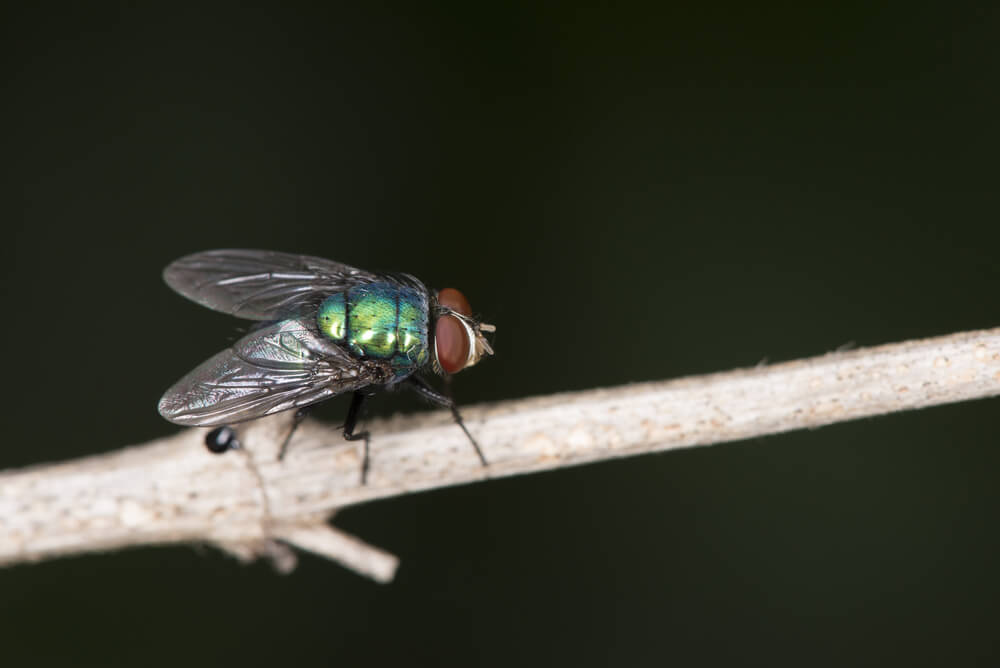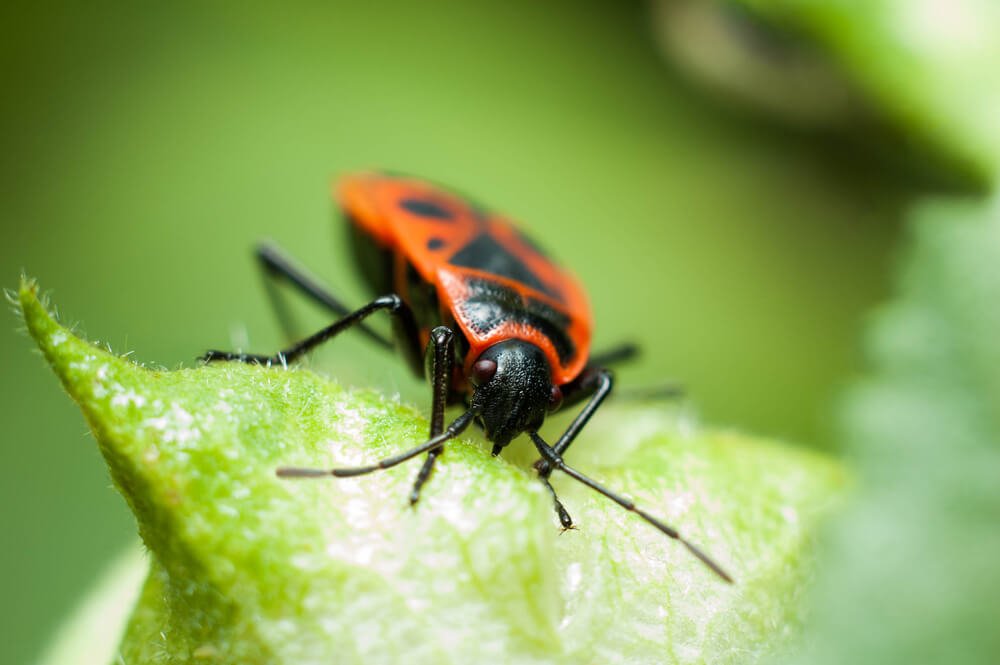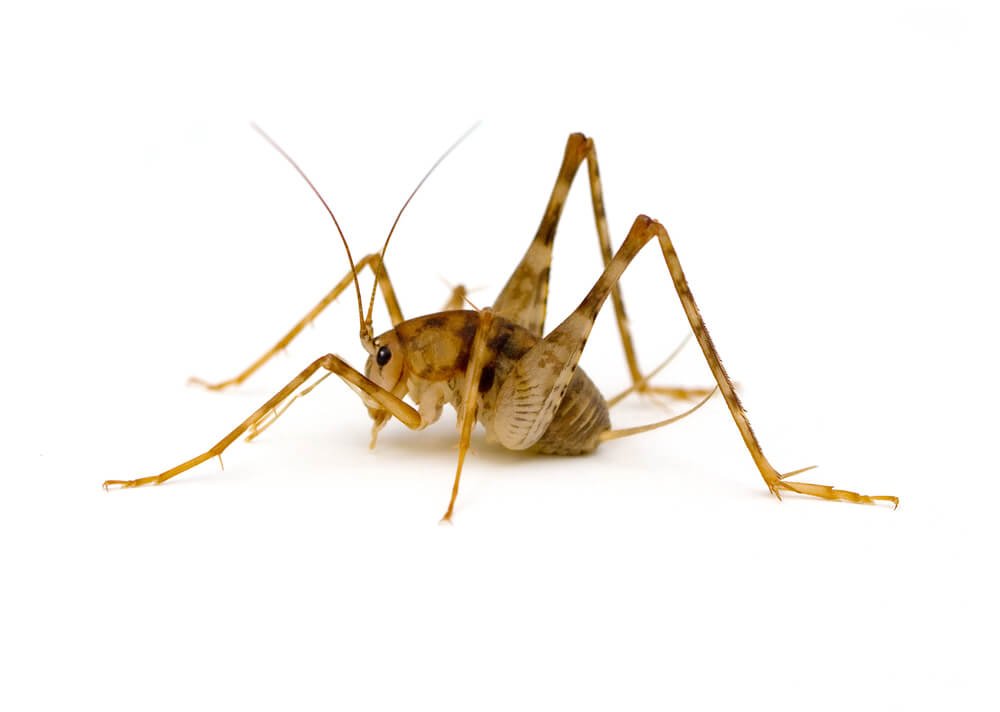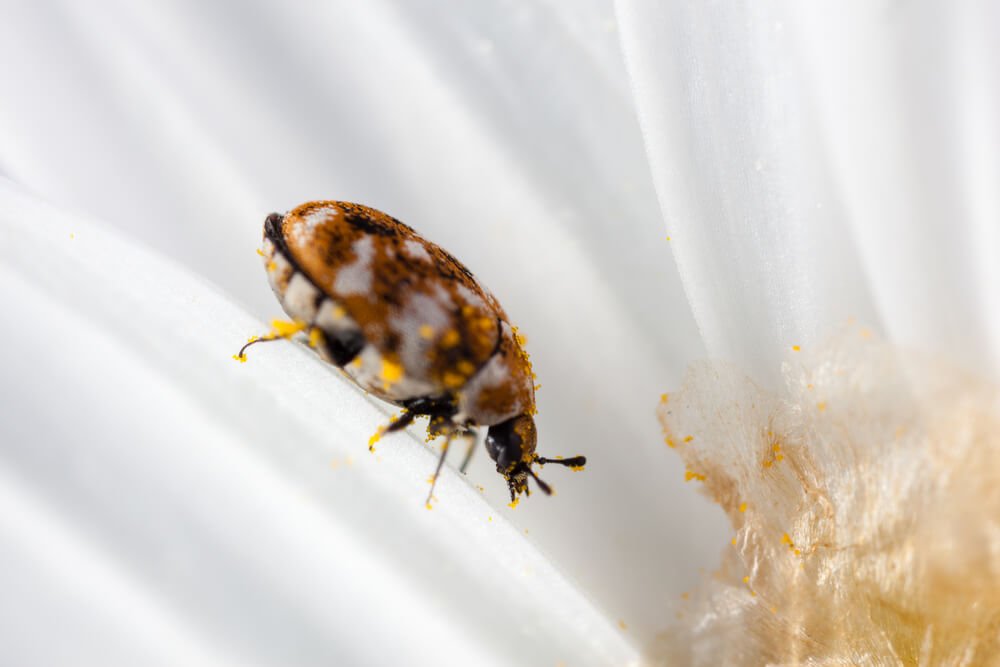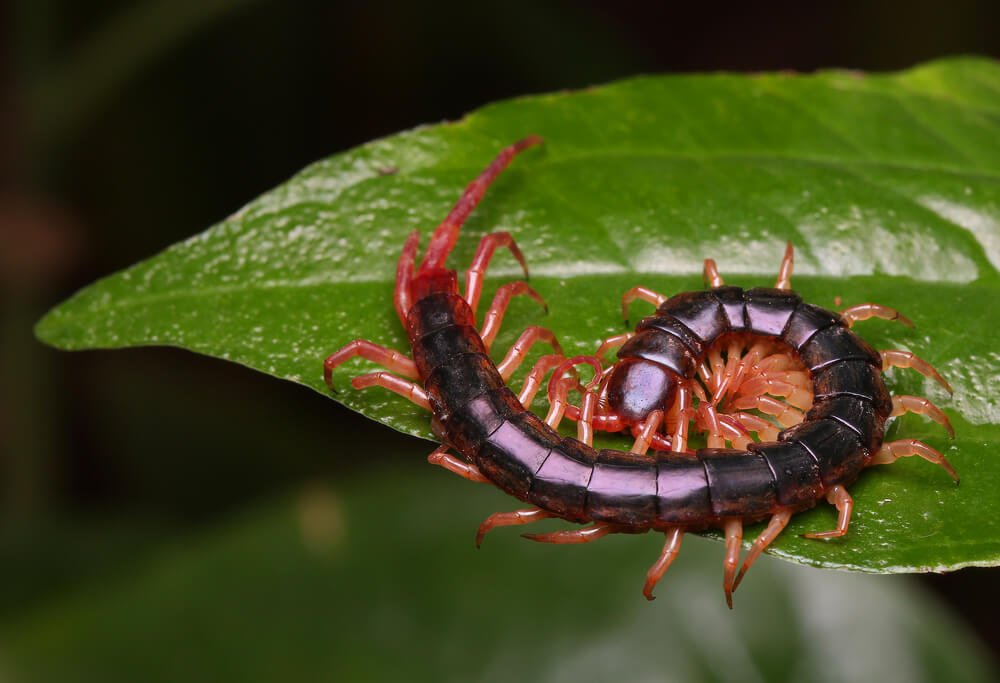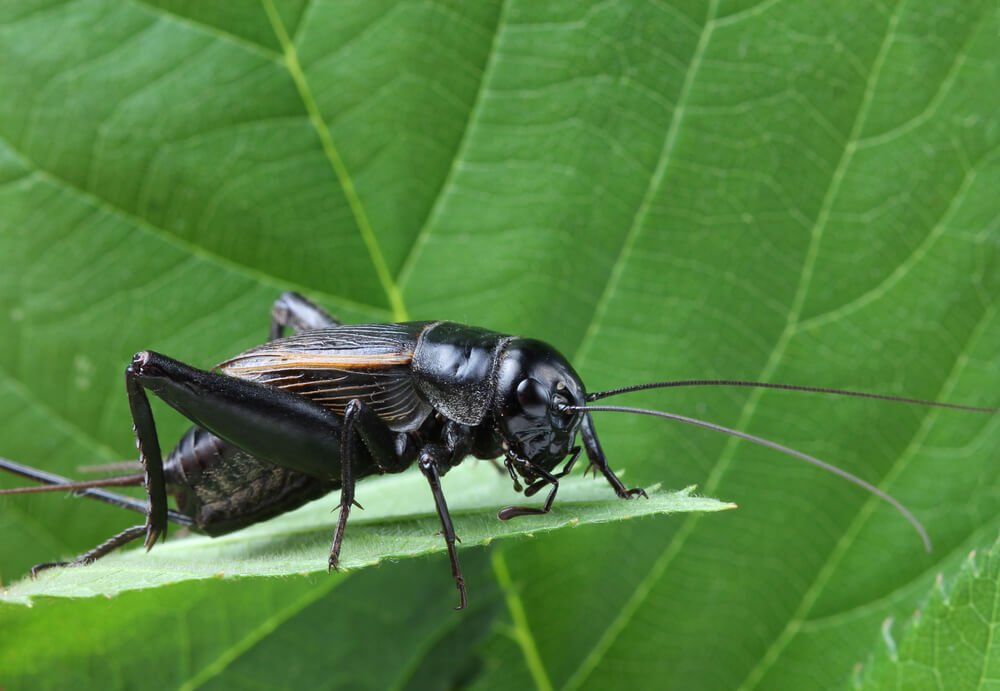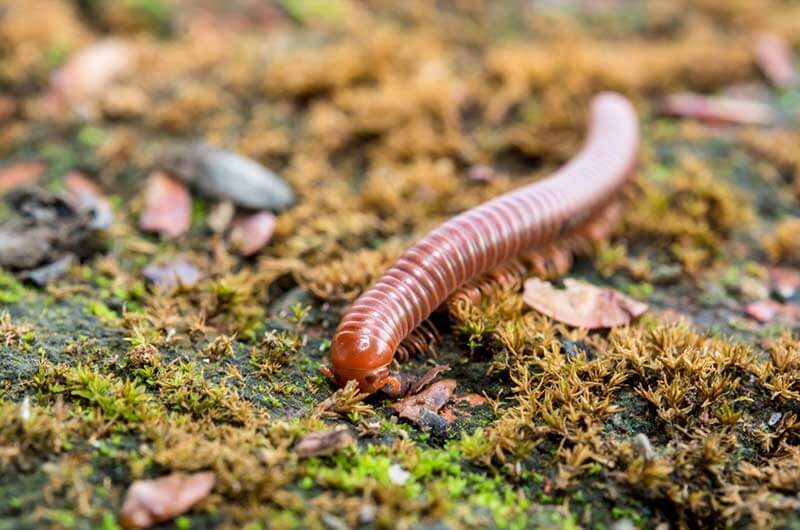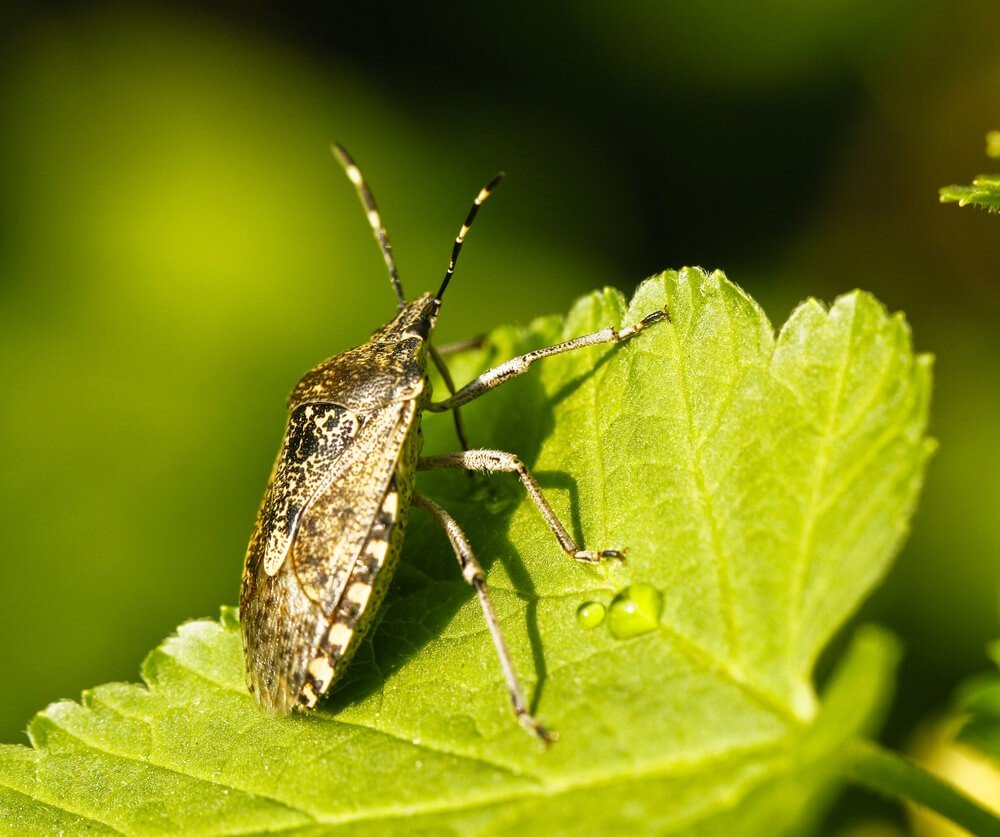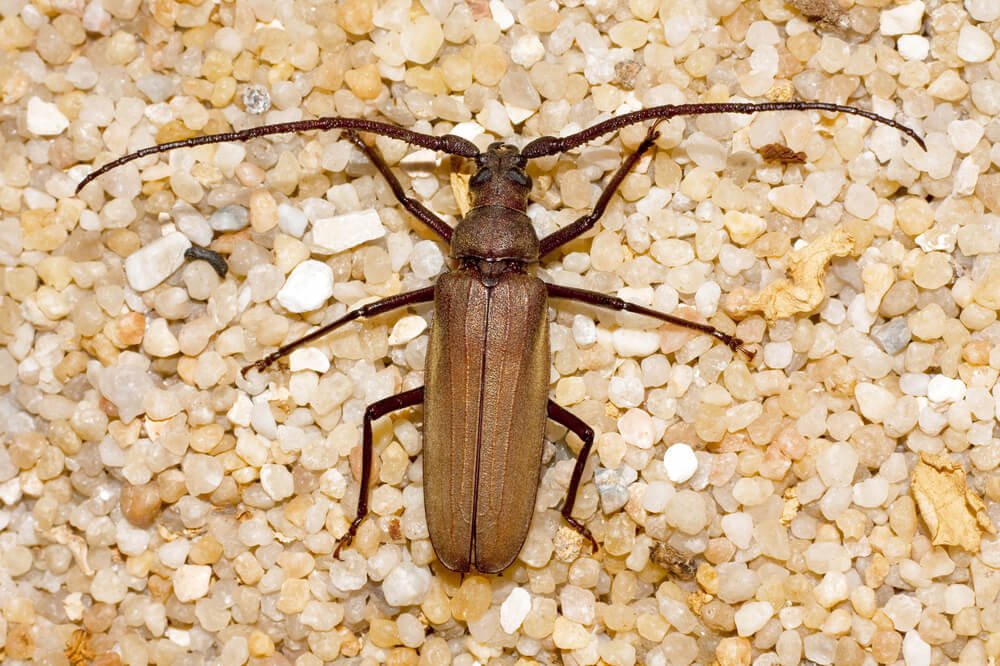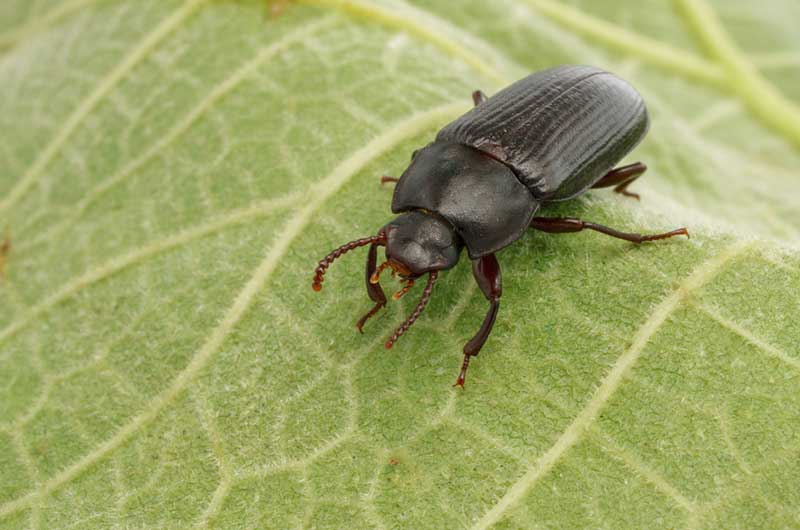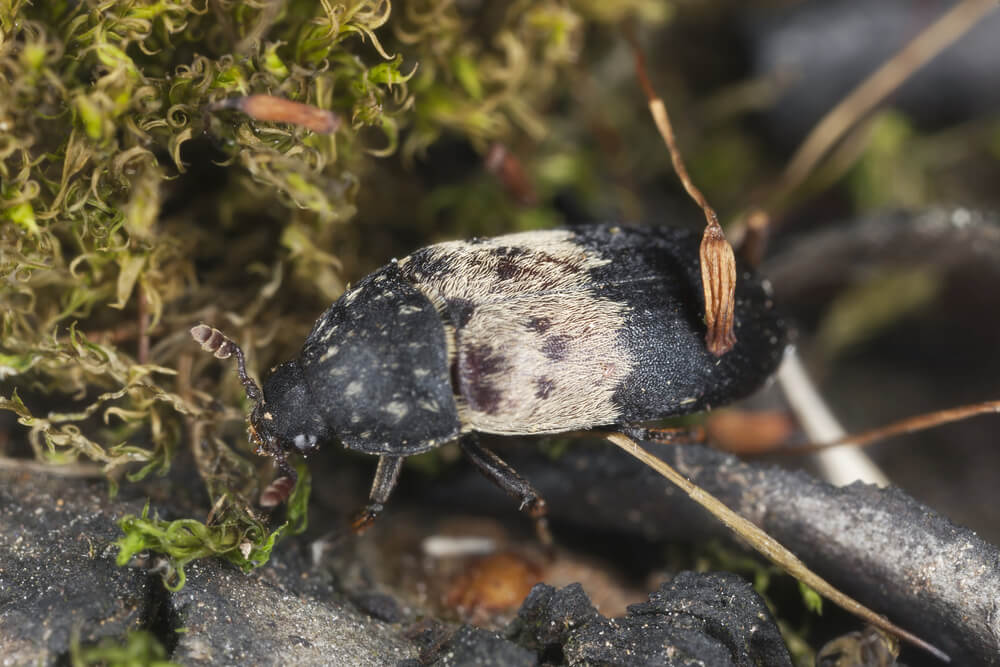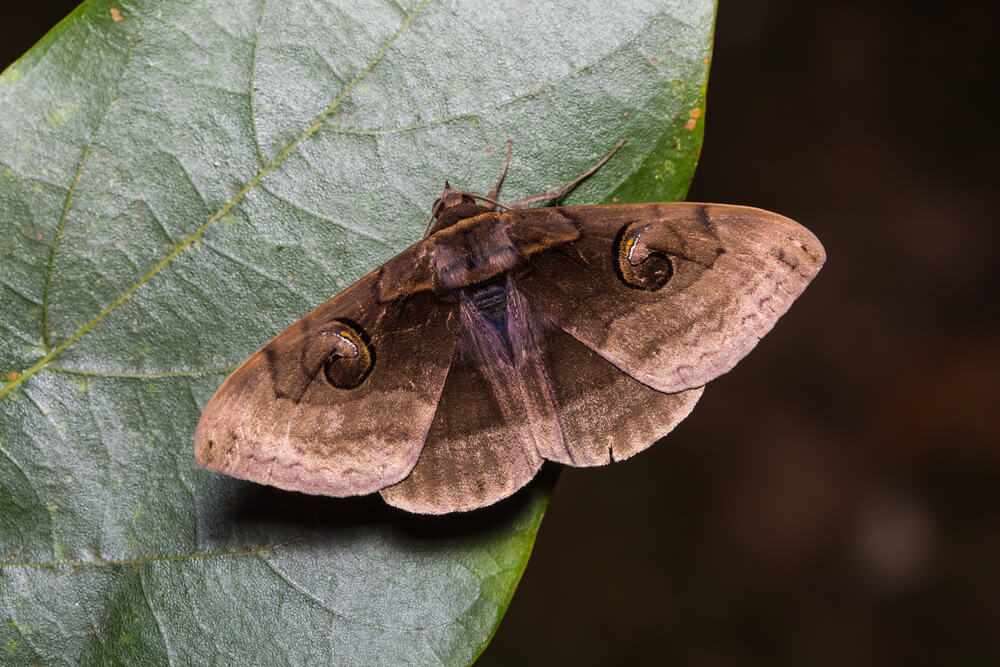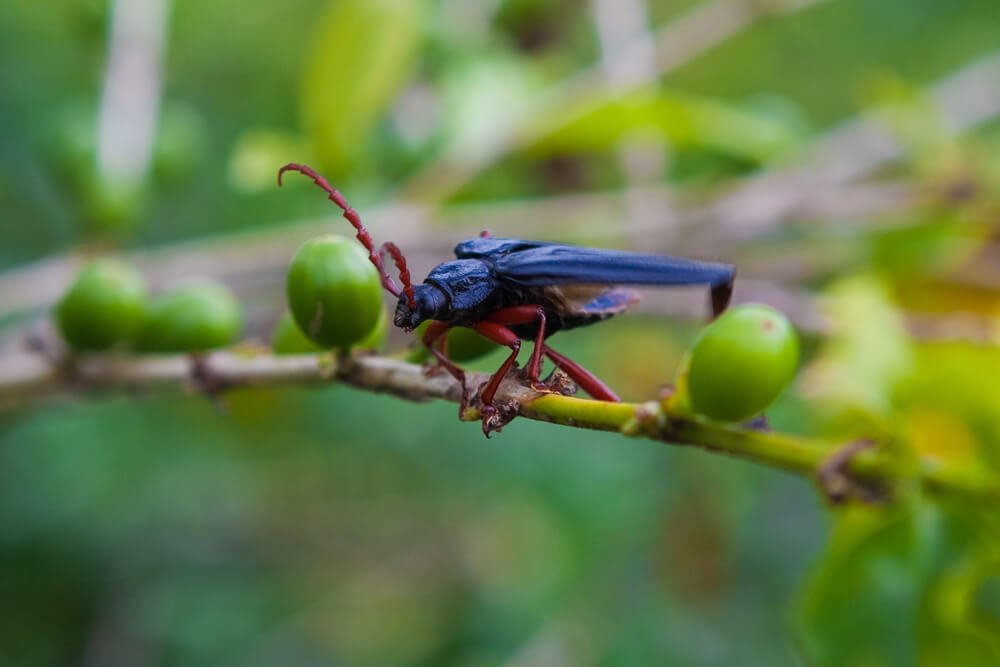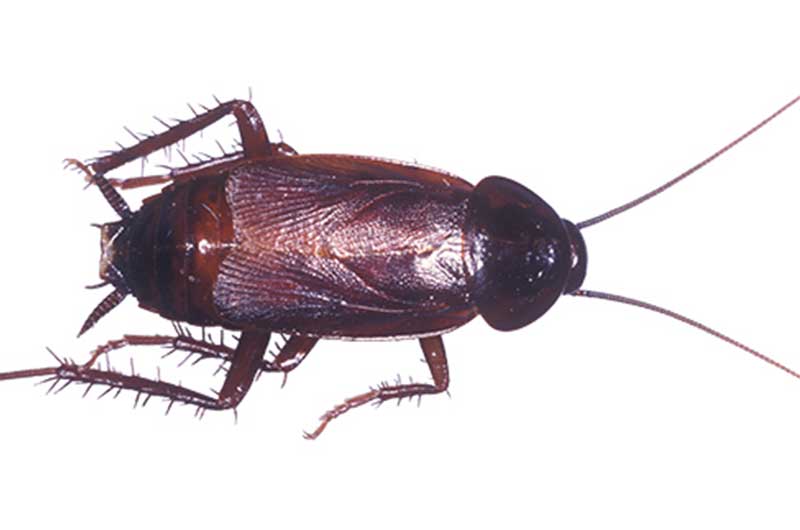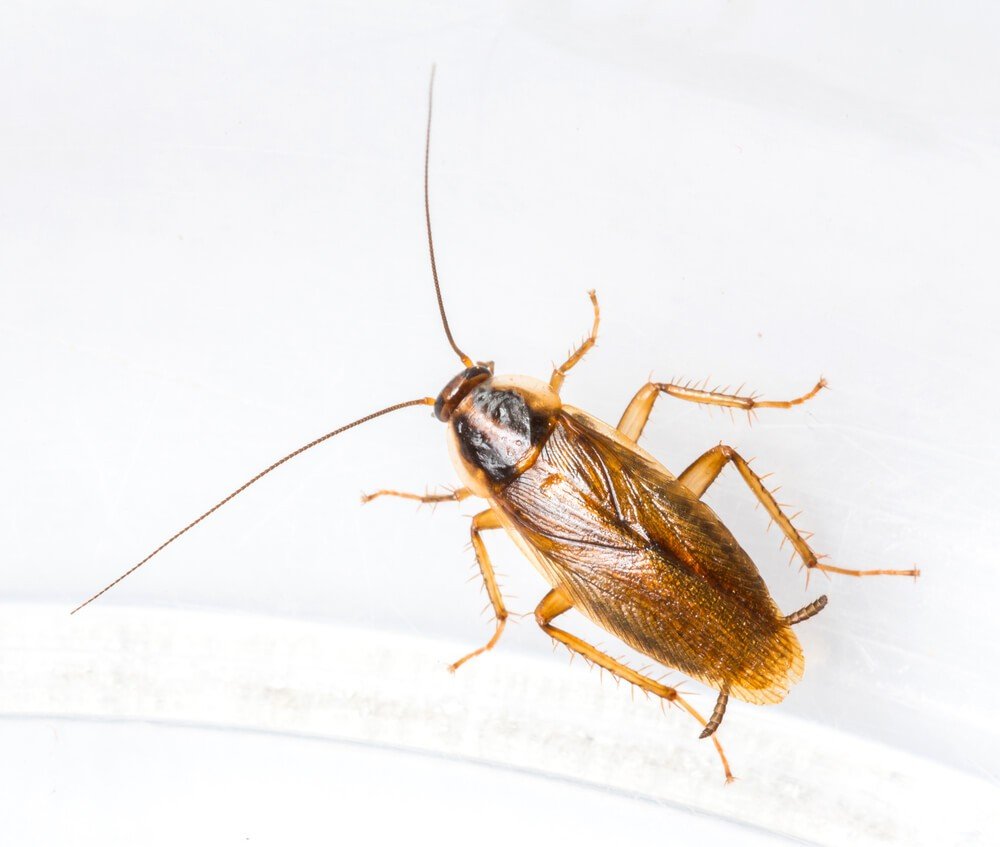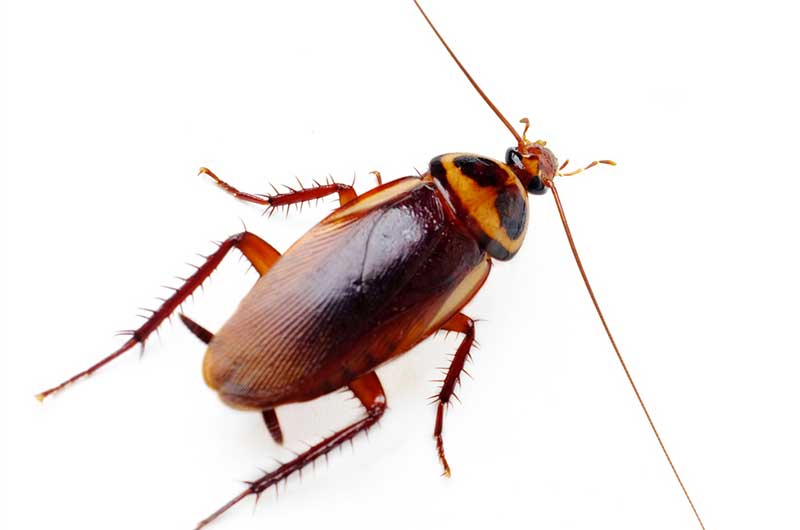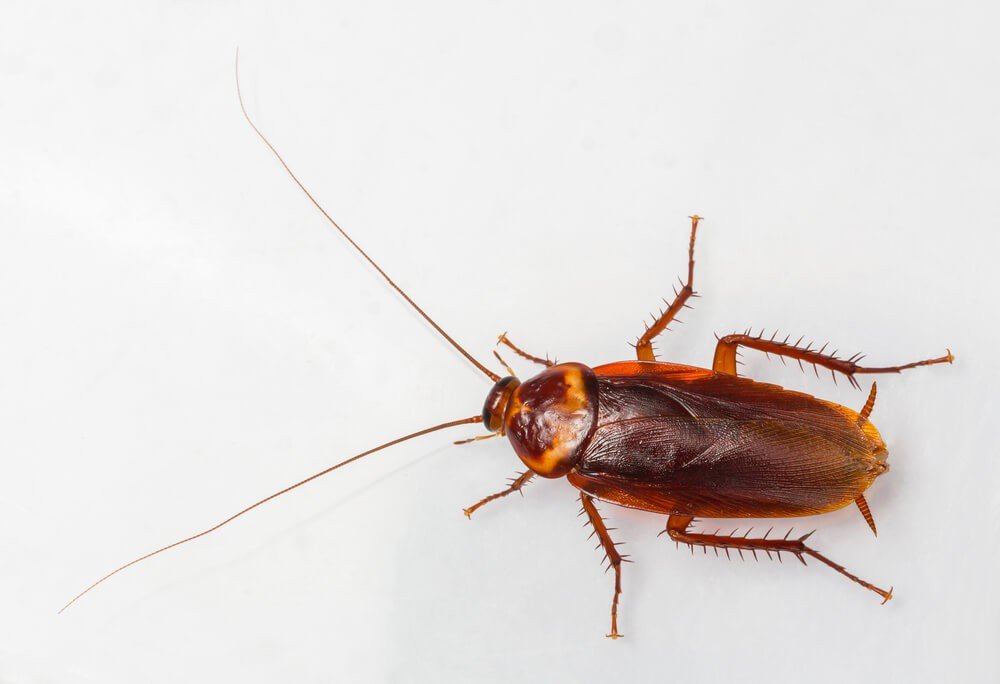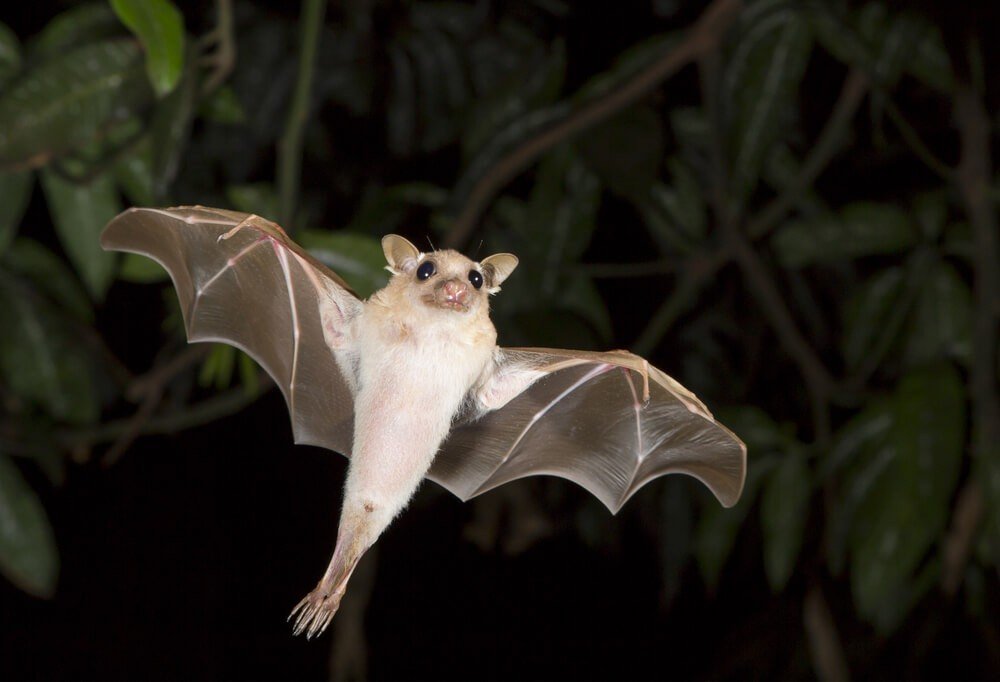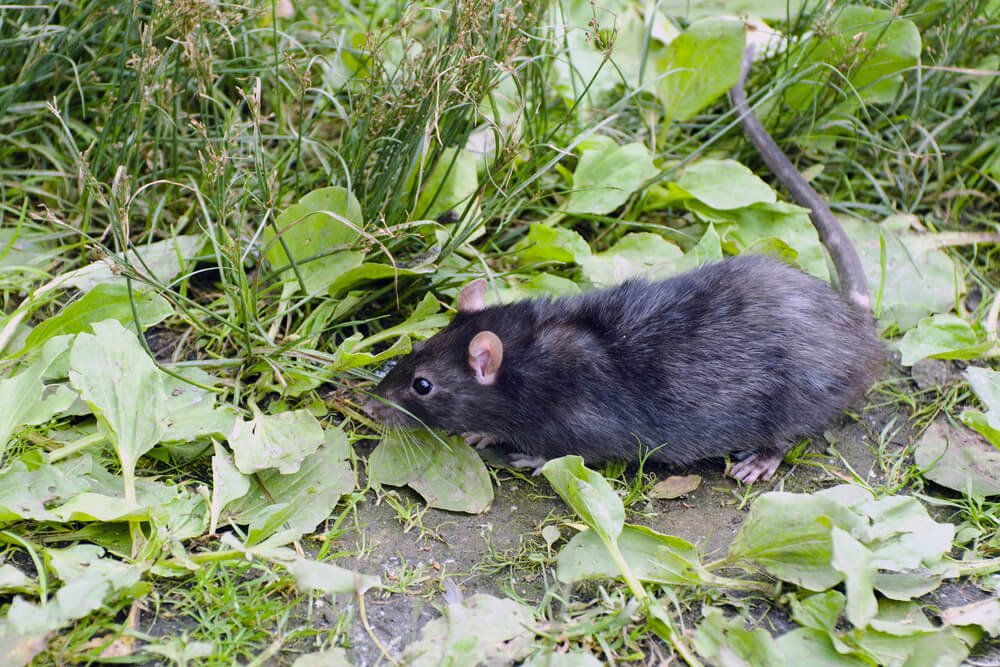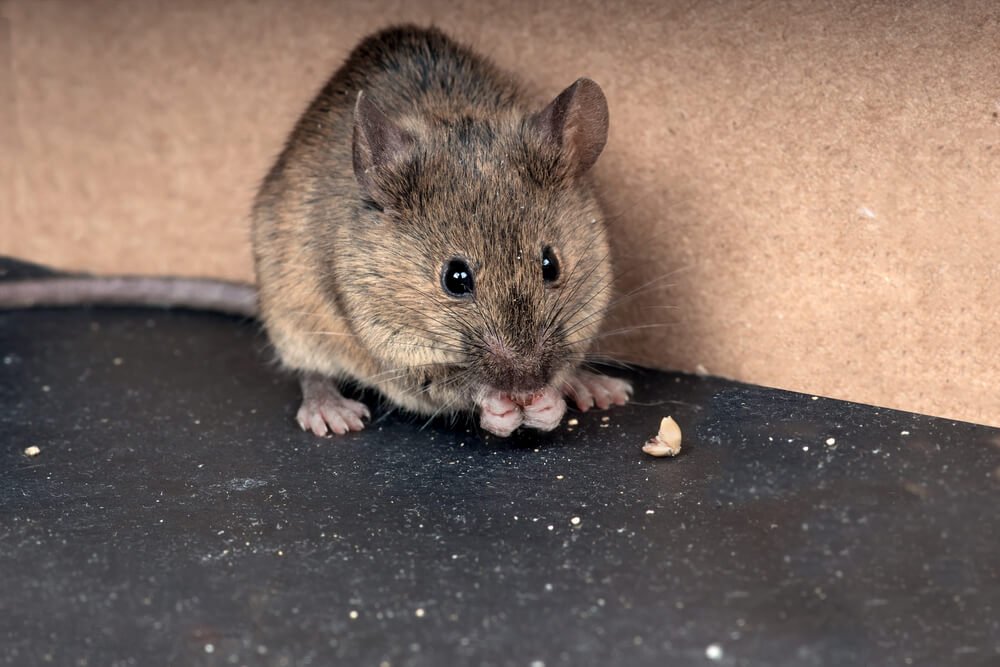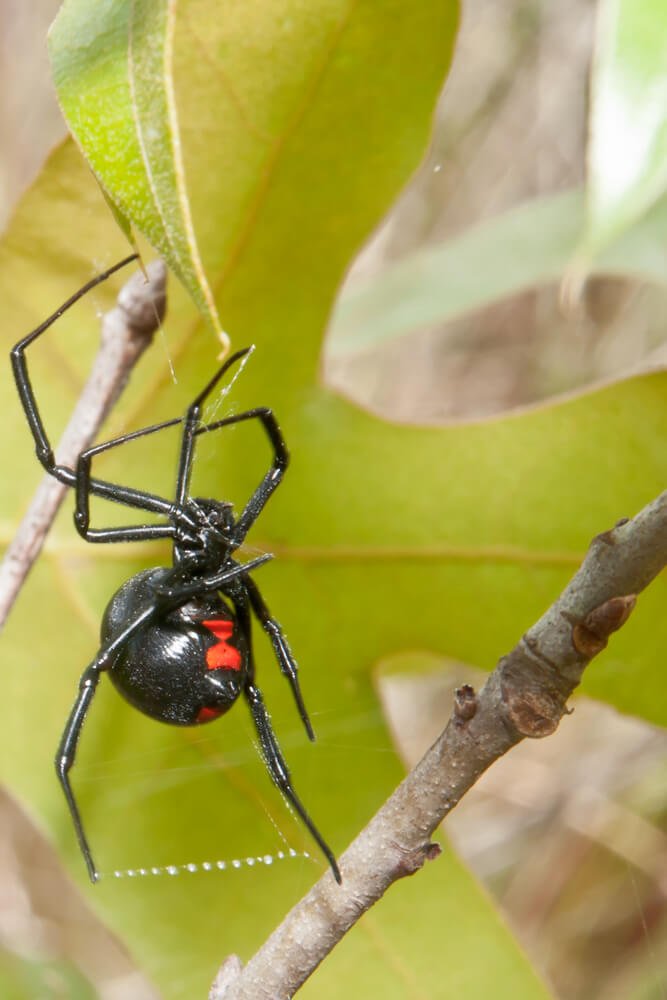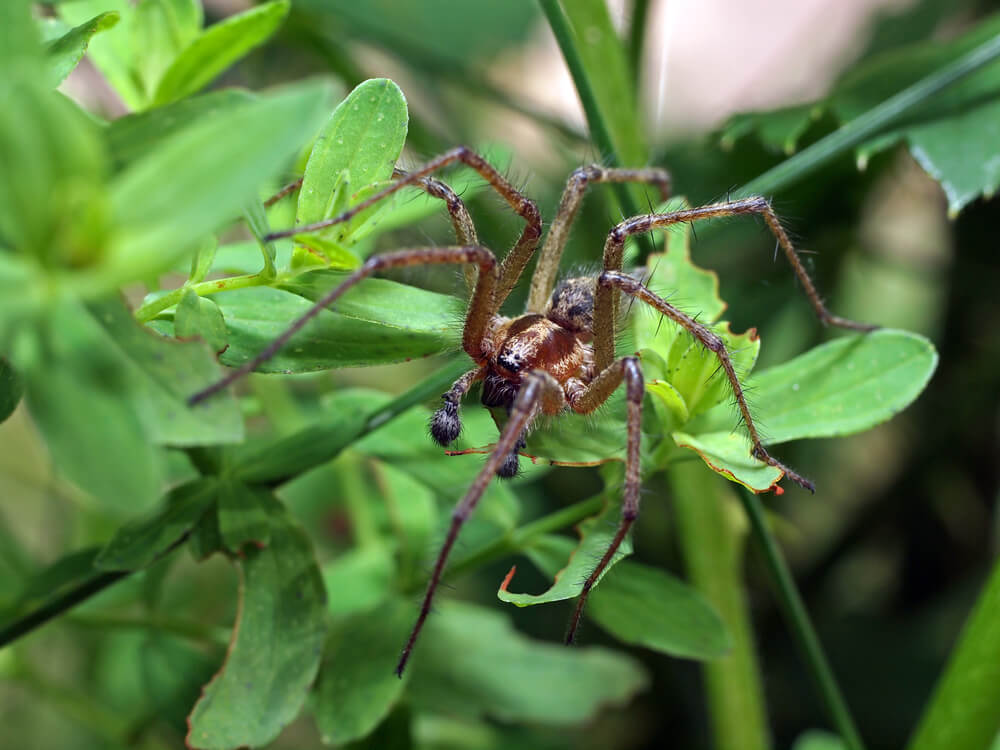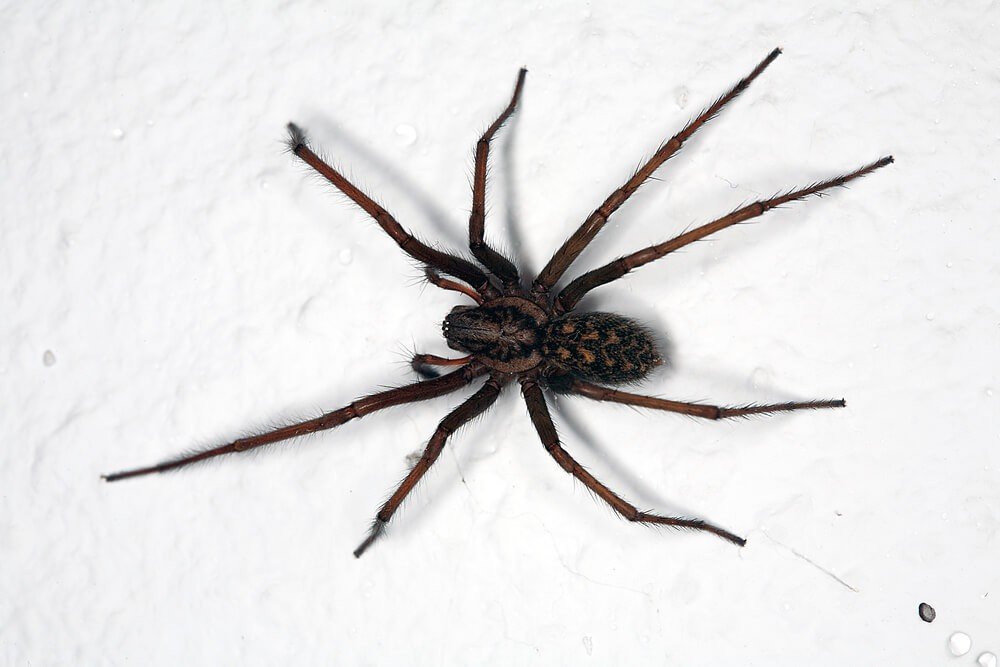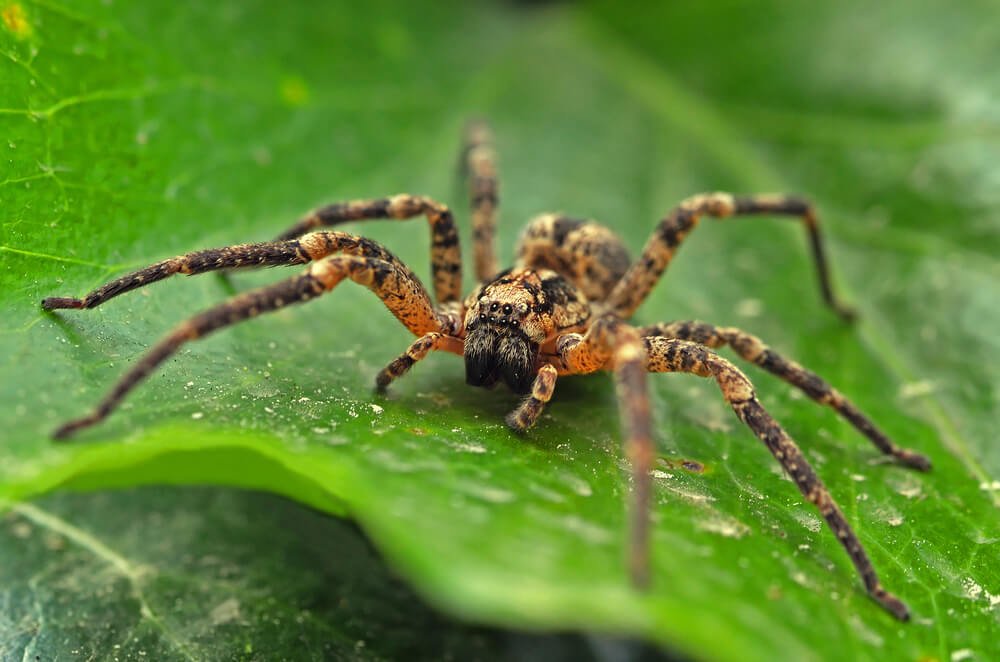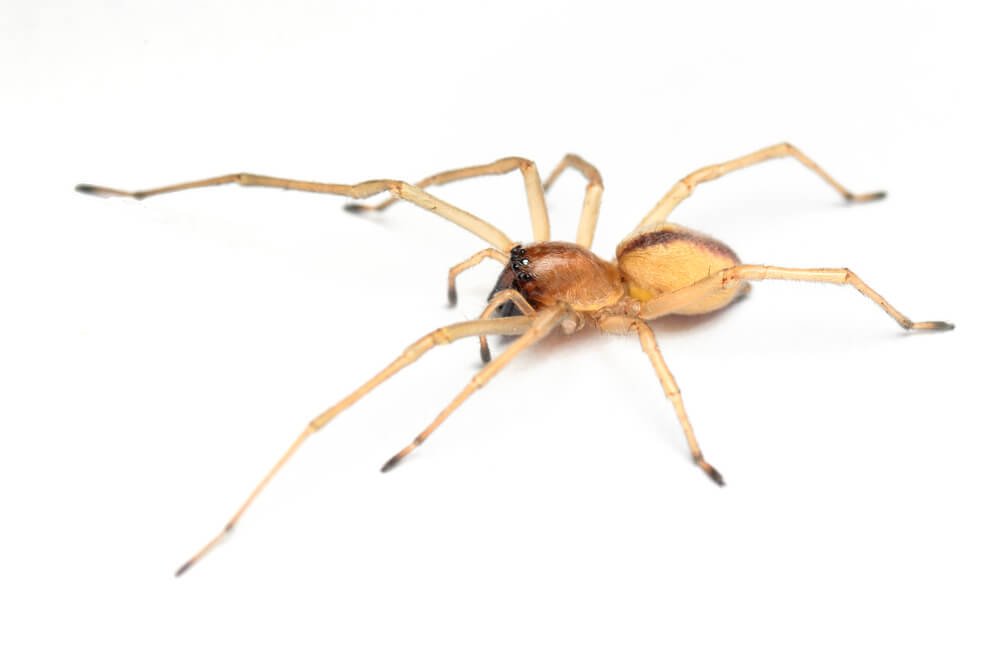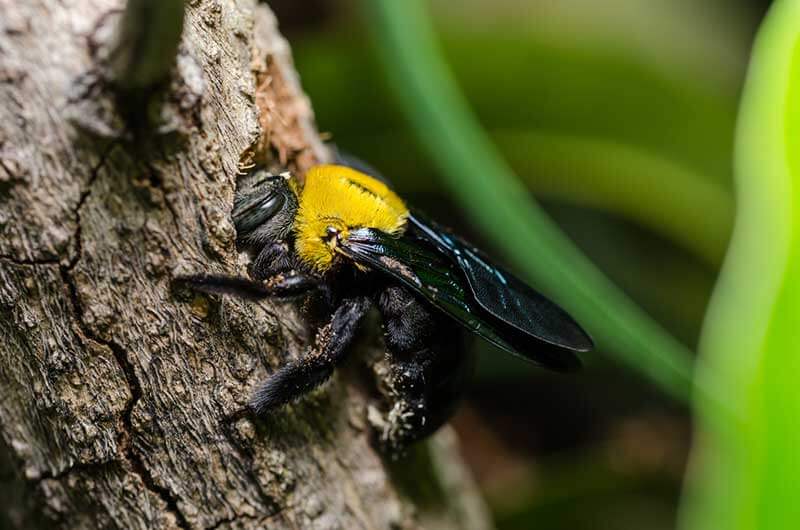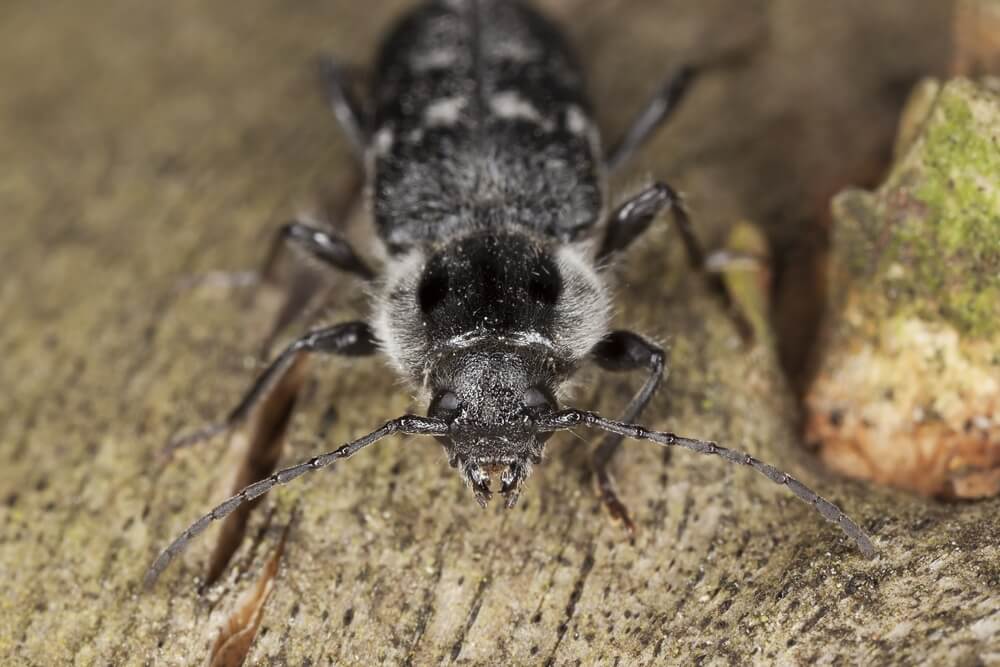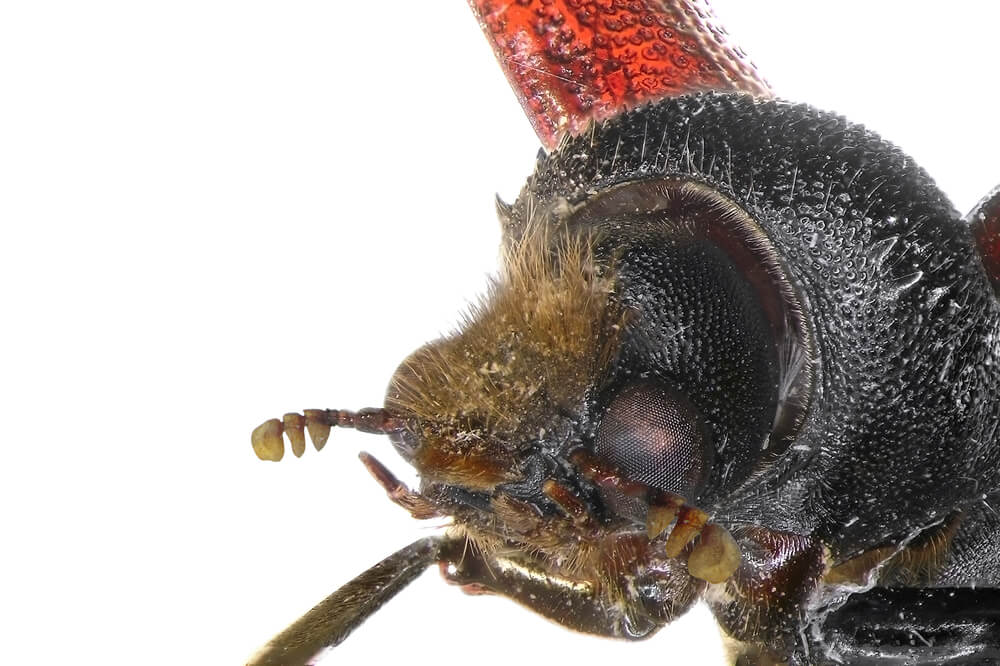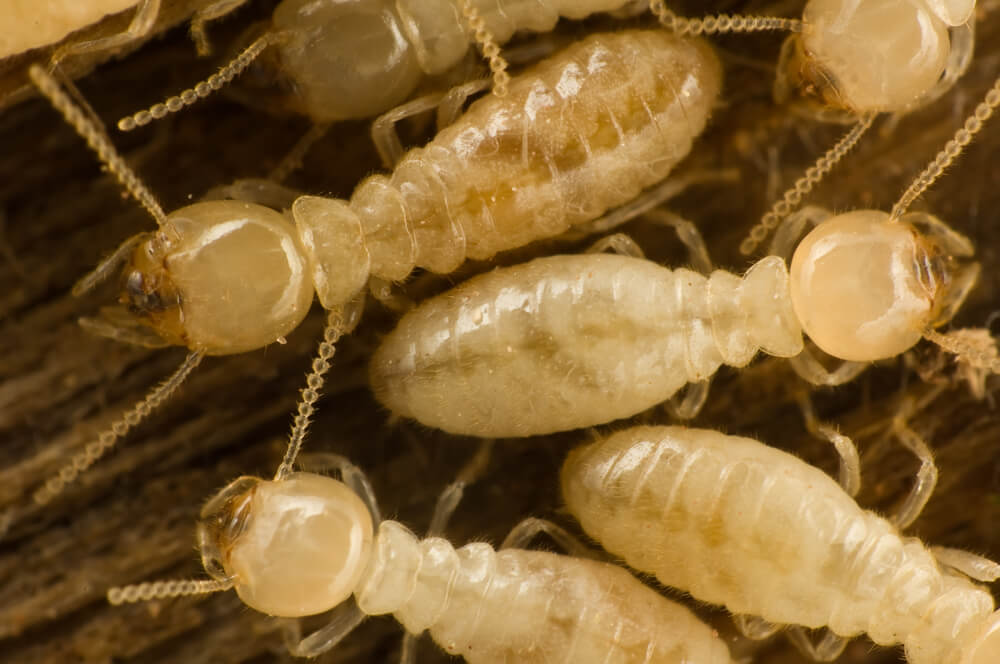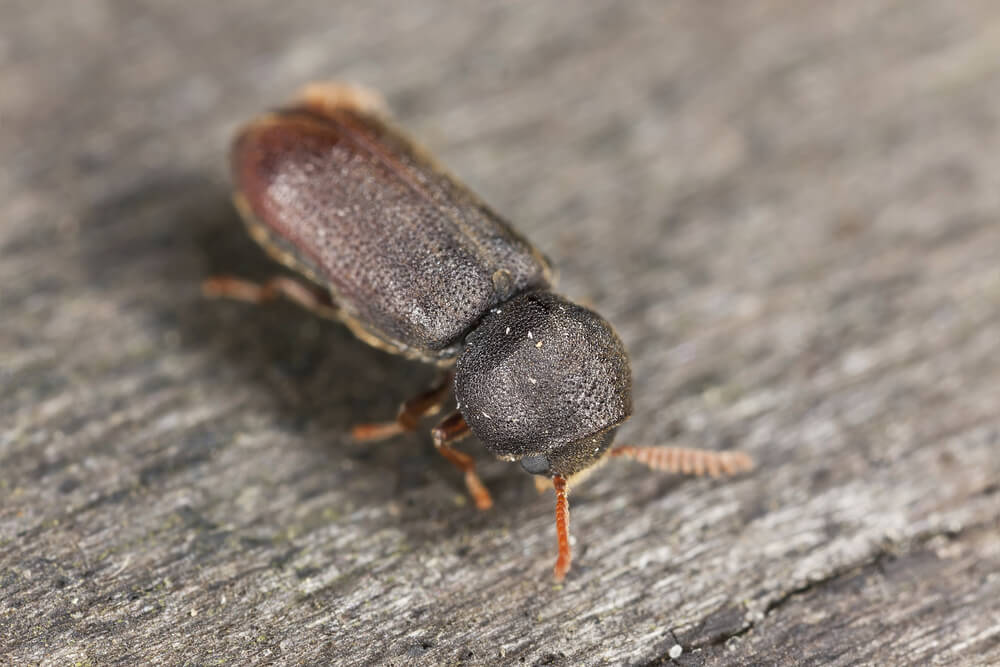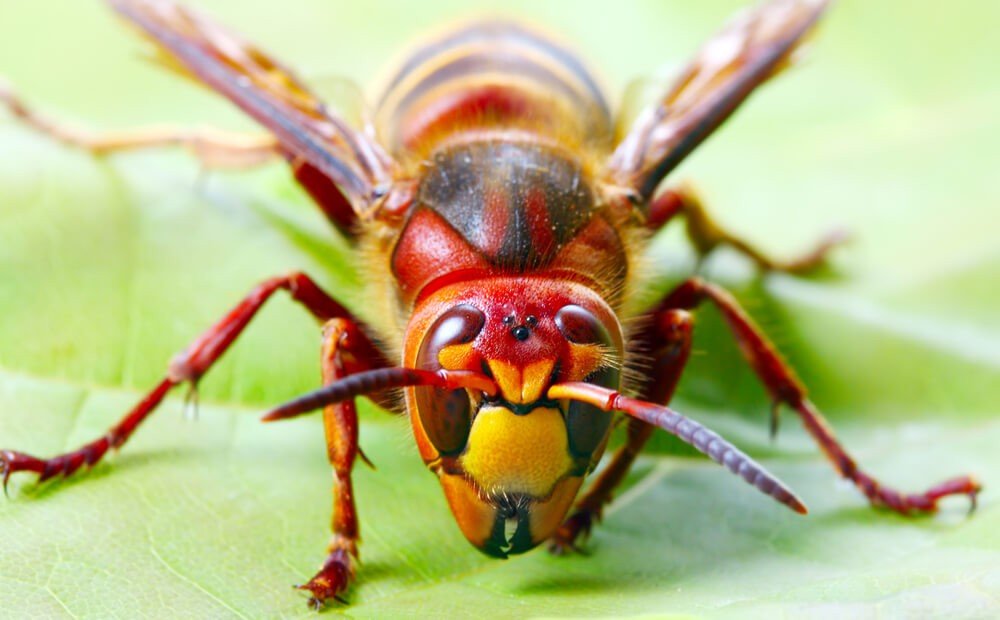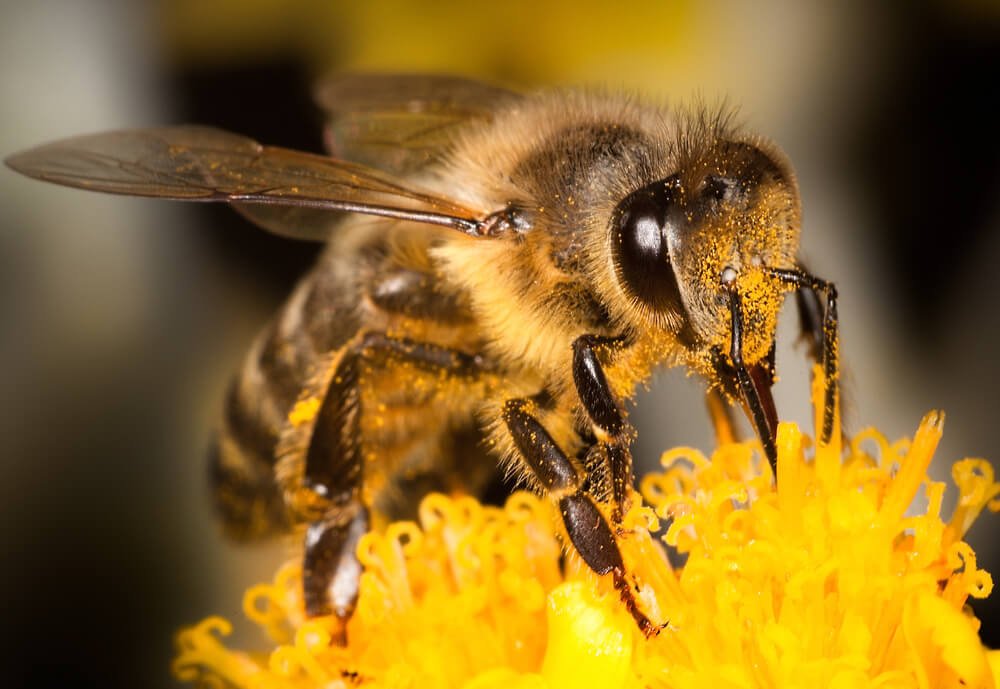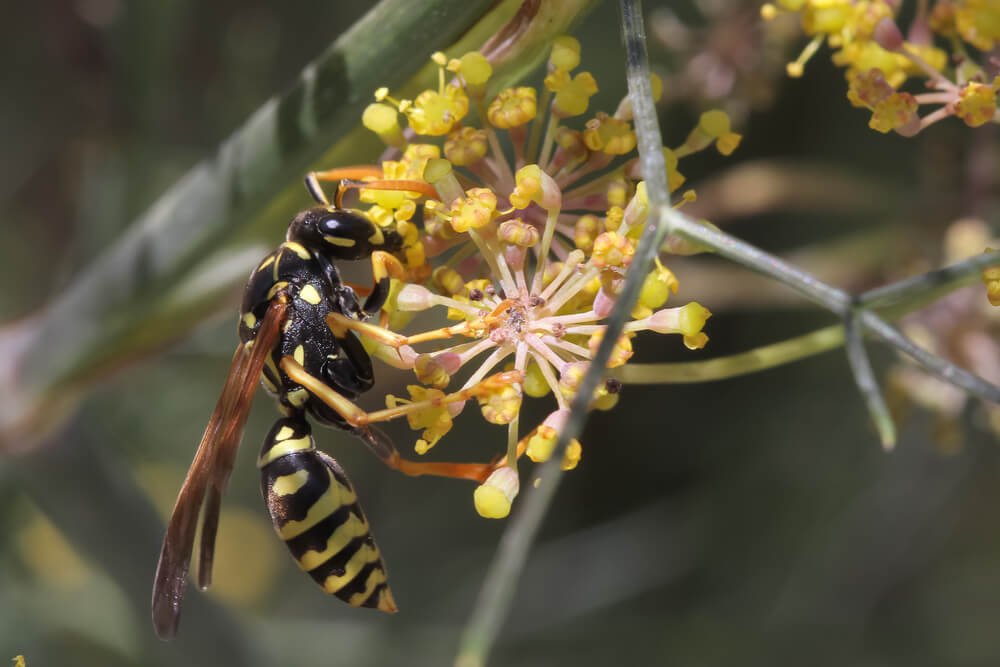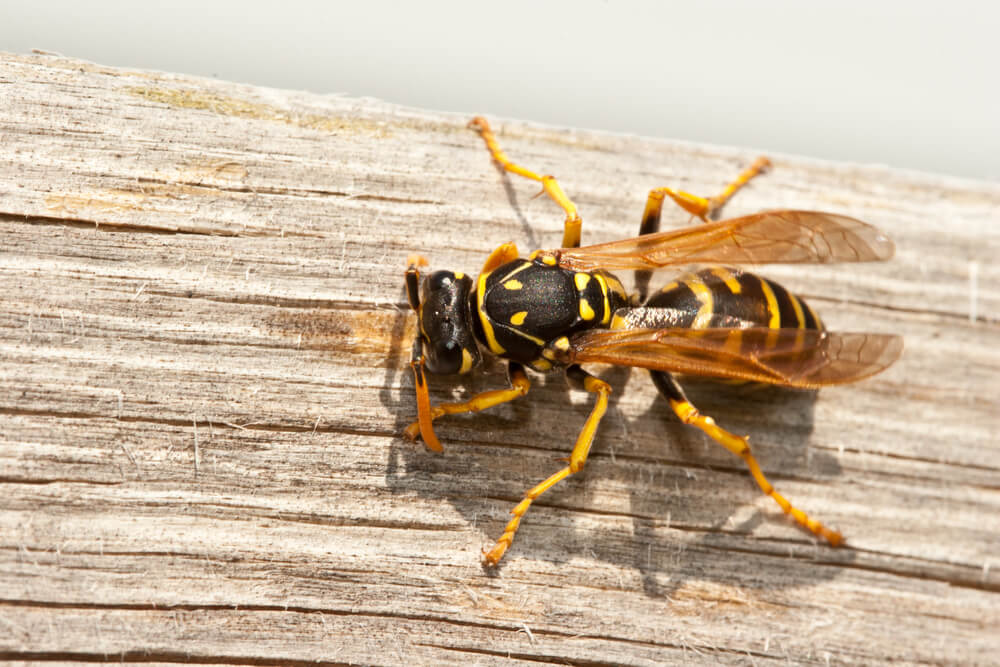Category: Occasional Invaders
Silverfish
Lepisma Saccharina
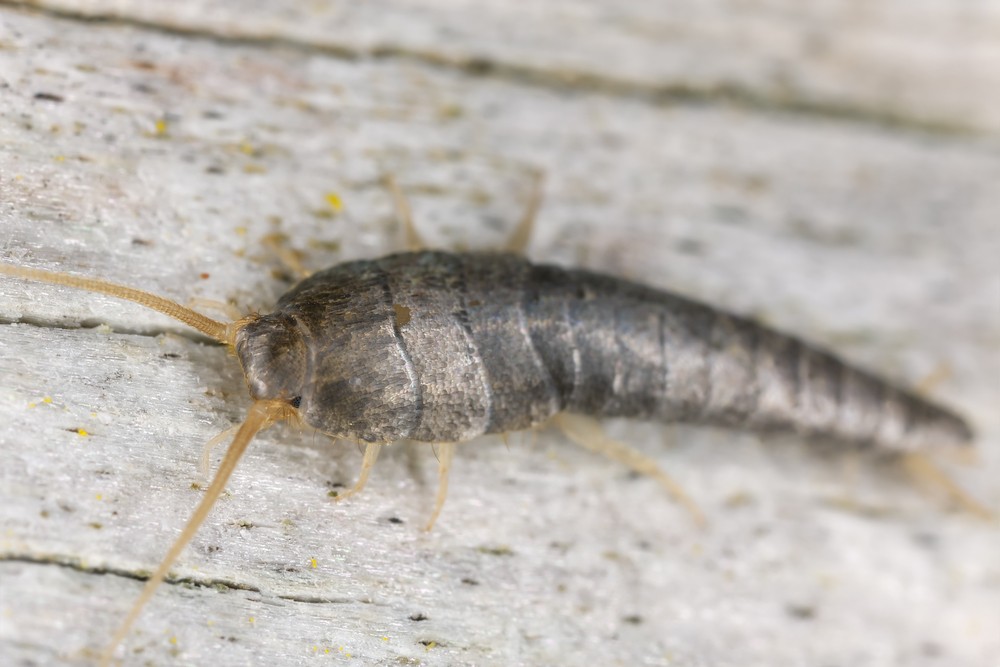
Details
Size
Length: 1"
Width: 1/4"
Color Gray / Tan
DIVERSITY 100s
Summary
Lepisma saccharina (commonly called the fishmoth, urban silverfish, silverfish or carpet shark) is a small, wingless insect typically measuring from a half to one inch (12–25 mm). Its common name derives from the animal’s silvery light grey and blue color, combined with the fish-like appearance of its movements, while the scientific name indicates the silverfish’s diet of carbohydrates such as sugar or starches. It belongs to the basal insect order Thysanura.
Habits
As with many colorless or nearly colorless invertebrates, silverfish inhabit dark or damp areas such as kitchen cupboards of houses, bathroom sinks, and tubs. They can sometimes inhabit dry papery areas such as old books and newspaper stacks or be found high on ceilings in bathrooms, bedrooms, etc.
Diet
Silverfish consume matter that contains starch or polysaccharides, such as dextrin in adhesives. These include glue, book bindings, paper, photos, sugar, hair, and dandruff. Silverfish can also cause damage to books, tapestries, and textiles. Silverfish will commonly graze in and around showers, baths, and sinks on the cellulose present in many shampoos, shaving foams and so on. Apart from these cases, the damage caused by silverfish is negligible and they have no direct effect on human health. Other substances that may be eaten include cotton, linen, silk and synthetic fibers, and dead insects or even its own exuvia (moulted exoskeleton). During famine, a silverfish may even attack leatherware and synthetic fabrics. In extreme cases, silverfish may live for one year without eating. Silverfish can be found anywhere in homes including, but not limited to, bathrooms, garages, closets, underneath beds, couches, and in electrical appliances where food can be found, such as computer keyboards. They generally prefer dark areas.
Reproduction & Growth
The reproduction of silverfish is preceded by a ritual involving three phases, which may last over half an hour. In the first phase, the male and female stand face to face, their trembling antennae touching, then repeatedly back off and return to this position. In the second phase the male runs away and the female chases him. In the third phase the male and female stand side by side and head-to-tail, with the male vibrating his tail against the female. Finally the male lays a spermatophore, a sperm capsule covered in gossamer, which the female takes into her body via her ovipositor to fertilize the eggs she will lay later on.
Young silverfish are white in color.

Causes Property
Damage

Inhabit Nearby
Foliage







